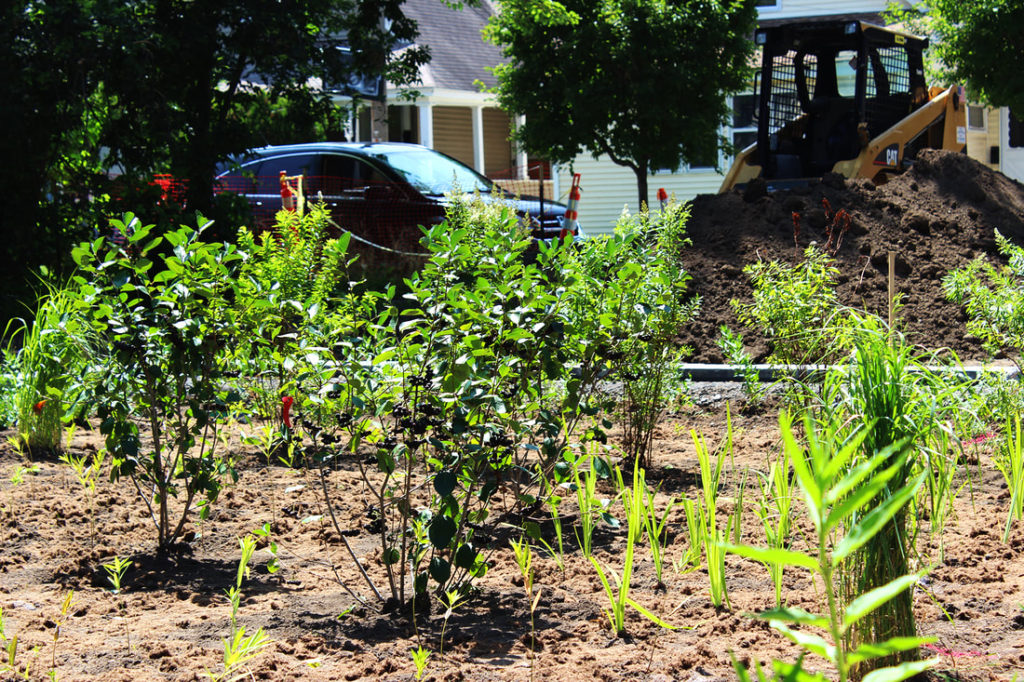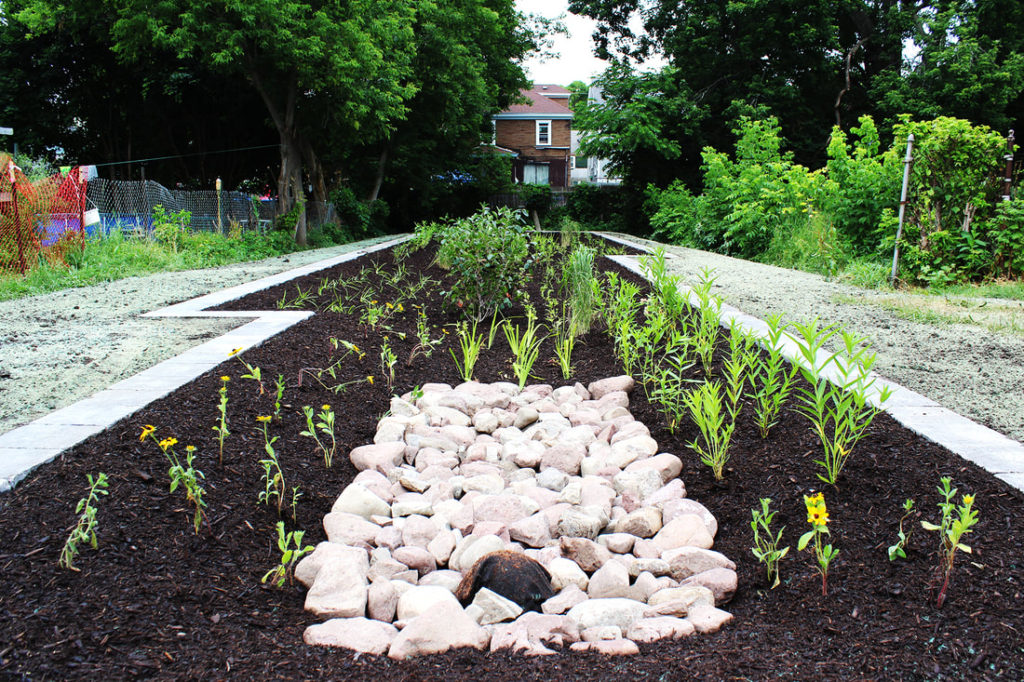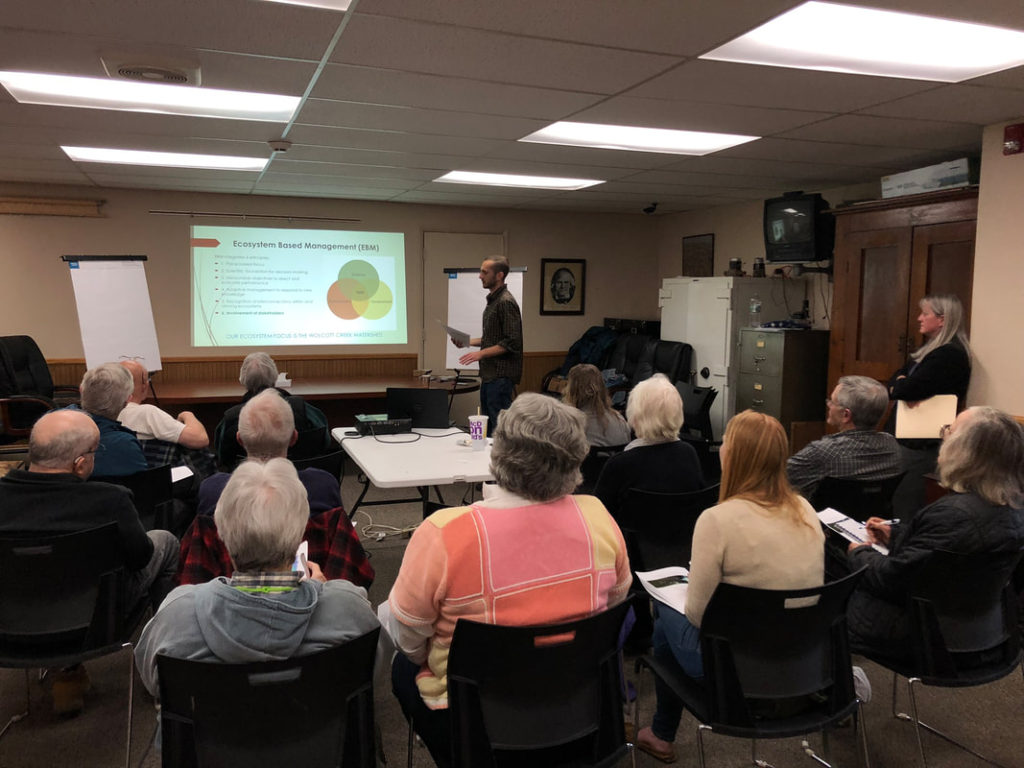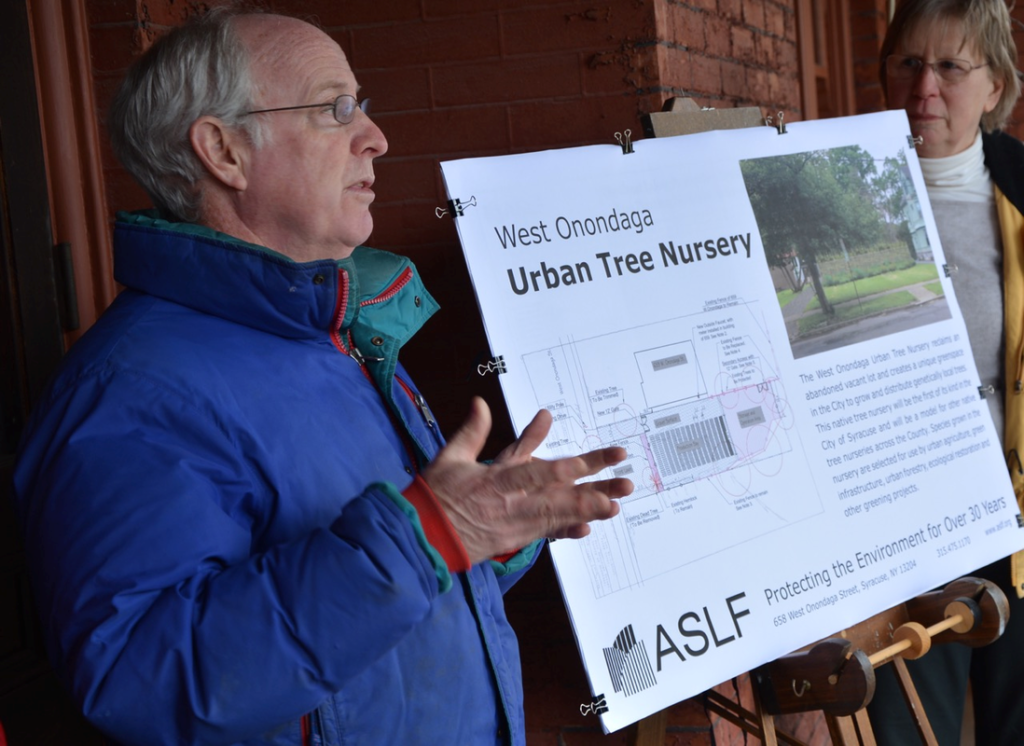URBAN FORESTRY PROJECT COMPLETE IN OSWEGO COUNTY
10/15/2021
By Haichao Wang
READ OTHER FALL 2021 NEWSLETTER ARTICLES
ASLF is proud to announce that after over 2 years of planning, community engagement, and tree planting, we have successfully completed our latest Great Lakes Restoration Initiative (GLRI) project funded by the US Forest Service, which saw the planting of over 300 native trees and shrubs in Fulton and Oswego. ASLF was not immune to the consequences of COVID-19. The shutdown posed several roadblocks, forcing us to delay the project by 2 planting seasons. Despite these difficulties, we were able to reach our initial goals and objectives without compromise.
ASLF is a longtime advocate for urban forestry in the Central New York region. Over the years, we built many meaningful partnerships with government agencies, nonprofit organizations, and community groups who share an interest in keeping our water and air clean through tree planting. Prior to this newly completed project, ASLF had planted over 1,300 trees in Central New York to manage stormwater runoff, with over 600 of them located in Oswego County. This new project built on what we had already accomplished and continued to target degraded urban sites with large surrounding impervious surfaces and proximity to Lake Ontario’s tributaries. These new trees will not only reduce the amount of contaminated stormwater flowing directly into the waterway, but also help increase urban canopy coverage, restore wildlife habitat, boost biodiversity in the urban ecosystem, improve air quality, build local resilience to climate change, and improve visual quality.
ASLF recognizes the importance of community input and goes to great lengths to ensure that the desire of the local community is the main drive for all of our projects. This GLRI is no difference. We spent the first year of the grant period working closely with municipal agencies, community organizations, and private entities in the County to determine the best available sites for planting. We organized three public meetings to discuss the purpose of the project and hear from local residents. Eventually, six sites in Fulton and one site in Oswego were selected for based on our analysis combined with community input. Among them, two sites are current brownfield reclamation projects: the Oswego Health’s new behavioral health facility on the former Price Chopper site in Oswego, and the redevelopment of the former Nestle parking lot in Fulton. The rest are park lands in Fulton. We used a selection of native trees suitable for the site conditions, with consideration of the community’s preference of tree species and placement. As of May 2021, all planting work has been finished. ASLF is currently working to add the newly planted trees to an interactive map (https://arcg.is/0rKLTm) of our Central New York tree planting projects.
The work is far from finished in Oswego County. The County’s proximity to Lake Ontario and overall low urban canopy coverage make it a crucial location for future planting efforts. With the help and support from City of Fulton and Oswego County Department of Community Development, Tourism, and Planning, ASLF is actively seeking more opportunity for tree planting in Fulton. For GLRI 2021, we have submitted a new proposal to plant 250 street trees in underserved communities in Fulton. Stay tuned for more on ASLF’s continuing work in Oswego County!





